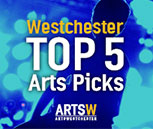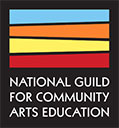March 2025

Dear HBMS Community,
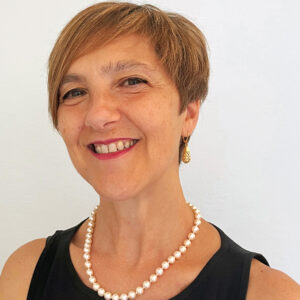
As we step into spring, Hoff-Barthelson is alive with music, reflection, and anticipation. In this issue, we take a look back at our Baroque and Beyond Festival, where students and faculty brought the elegance of the Baroque era to life with historically informed performances and inspiring interpretations.
We also look ahead to one of our most anticipated events of the year: the Music of Our Time Festival in May, a celebration of contemporary music that underscores Hoff-Barthelson’s commitment to fostering musical curiosity, innovation, and engagement with today’s composers. Under the artistic direction of Peter Seidenberg, this year’s festival will feature student and faculty recitals, a Young Composer’s Recital, and the highly anticipated world premiere of a newly commissioned work by composer Kian Ravaei.
At HBMS, we believe it is essential for students to explore not only the masterworks of the past but also the music of their own time. Engaging with living composers and performing contemporary works gives our students the opportunity to connect with the creative process in a profound way. It teaches them that music is not just a historical artifact but a living, evolving art form. Through this festival, students experience firsthand how music reflects the world around them, challenges conventions, and invites new perspectives.
This issue also explores a unique piece of HBMS history—our collection of remarkable pianos, each with a story to tell. These instruments have shaped generations of musicians and continue to inspire our students today.
As always, we are grateful for your support and look forward to making music together in the months ahead!
Warmly,
Gabriella Sanna
Executive Director
Hoff-Barthelson’s 2025 Baroque and Beyond Festival: A Celebration of Musical Heritage and Learning
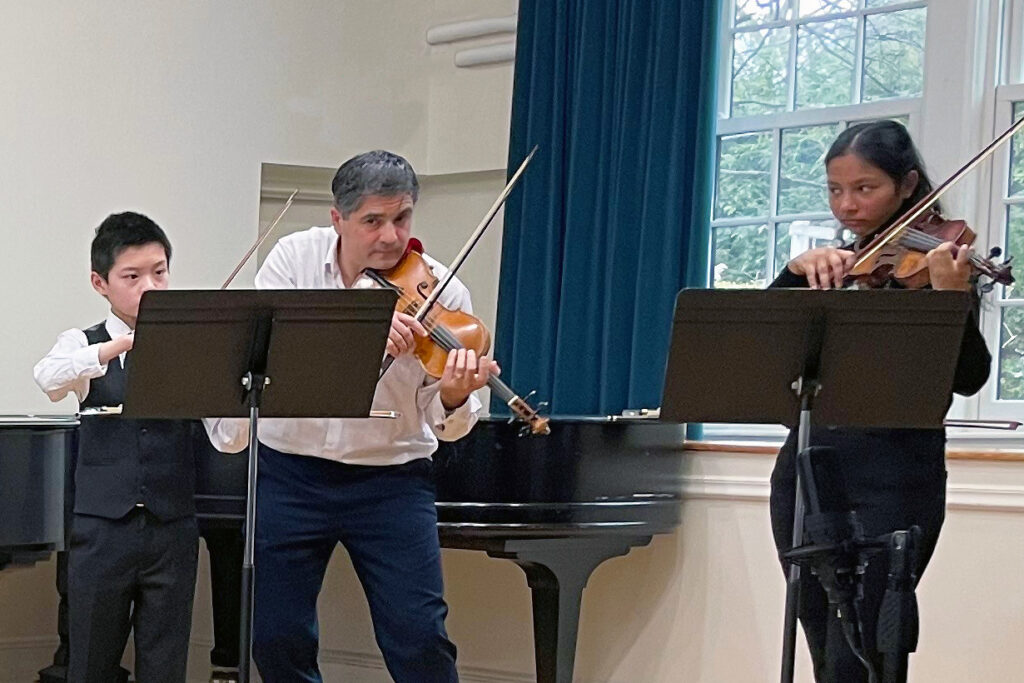
Special guest Alberto Sanna demonstrates bowing techniques to HBMS students.
Hoff-Barthelson Music School proudly concluded the 2025 Baroque and Beyond Festival, an eagerly anticipated bi-annual event that immersed students in the rich traditions of Baroque music and its lasting influence on later styles. This festival not only provided a platform for students to perform works from this defining period but also fostered deeper musical understanding through interdisciplinary learning experiences, special guest artist events, and ensemble performances.
Preparation and Performer Selection
Preparation for the Baroque and Beyond Festival began months in advance, with faculty carefully curating a repertoire that showcased the stylistic beauty and technical challenges of Baroque compositions. Student performers were selected for participation based on their commitment to their studies and their progress in instrumental and vocal training. Whether performing in chamber groups, orchestras, or as soloists, students embraced the challenge with dedication and enthusiasm.
Large Ensemble Concerts
A cornerstone of the festival was the large ensemble concerts, which featured Hoff-Barthelson’s orchestras, choral ensembles, flute ensembles, and handbells performing masterworks by composers such as J.S. Bach, Handel, Vivaldi, and Telemann. These performances provided students with invaluable experience in ensemble playing, as they navigated the unique textures and counterpoint that define Baroque music. Under the guidance of faculty conductors, students engaged deeply with the repertoire, gaining insights into historical performance practice and stylistic conventions that enriched their overall musicianship. The concert also featured two winners of the 1st Annual HB Concerto Competition: pianist Elizabeth Zhou (student of Rie Matsumoto) and a chamber group with Rachel Horn, flute; Lucius Liu, piano; and Lena Nagashima, violin (coached by Donna Elaine). The remaining winners, violist Eliza Watkins (student of Eriko Sato) and cellist Luke Padovano (student of Peter Seidenberg), will perform at the Orchestra’s year-end concert on June 7, 2025.
Special Events with Alberto Sanna and Arthur Haas
This year, the festival was honored to host two distinguished guest artists: violinist Alberto Sanna and harpsichordist Arthur Haas. Their presentations provided students with an opportunity to learn from world-class performers steeped in the traditions of historically informed Baroque performance.
- Alberto Sanna, a renowned Baroque violinist, led seminars focused on expressive bowing techniques, ornamentation, and the interpretative nuances that bring Baroque music to life.
- Arthur Haas, an esteemed harpsichordist and scholar, conducted a seminar exploring the role of the continuo in Baroque ensembles, as well as the evolution of keyboard techniques during the era. His demonstration of period instruments gave students a deeper appreciation of the authentic sounds of Baroque music.
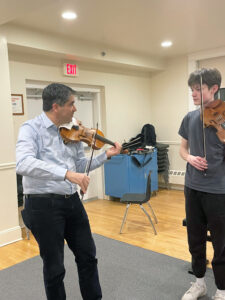
These special events not only exposed students to expert insights but also inspired them to approach their own playing with a fresh perspective and historical awareness.
“The Baroque and Beyond Festival is a wonderful reminder of how music connects us across time. Our students don’t just play these works—they bring them to life with energy, curiosity, and artistry,” said Executive Director Gabriella Sanna. “With the guidance of our faculty and guest artists, they gain a deeper understanding of historical performance while developing skills that will serve them in all areas of their musical journey. It’s a highlight of our year!” she added.
The Impact of Studying Historical Periods on Student Learning
A critical aspect of the Baroque and Beyond Festival was its emphasis on historical context and how studying specific musical periods enhances students’ learning. Beyond performances, our music history classes played a role in connecting students to the Baroque period. In preparation for the festival, students created PowerPoint presentations highlighting key composers, musical forms, and historical influences. Researching and presenting these topics helped them approach their performances with greater understanding, making the festival experience even more meaningful.
A Festival to Remember
The 2025 Baroque and Beyond Festival was a true celebration of learning, collaboration, and artistic growth. Watching students immerse themselves in Baroque music—bringing history to life with passion and authenticity—was a joy. Whether performing, researching, or simply absorbing the experience, every participant contributed to making this festival a resounding success!
Celebrating Contemporary Music: Music of Our Time Festival Returns in May
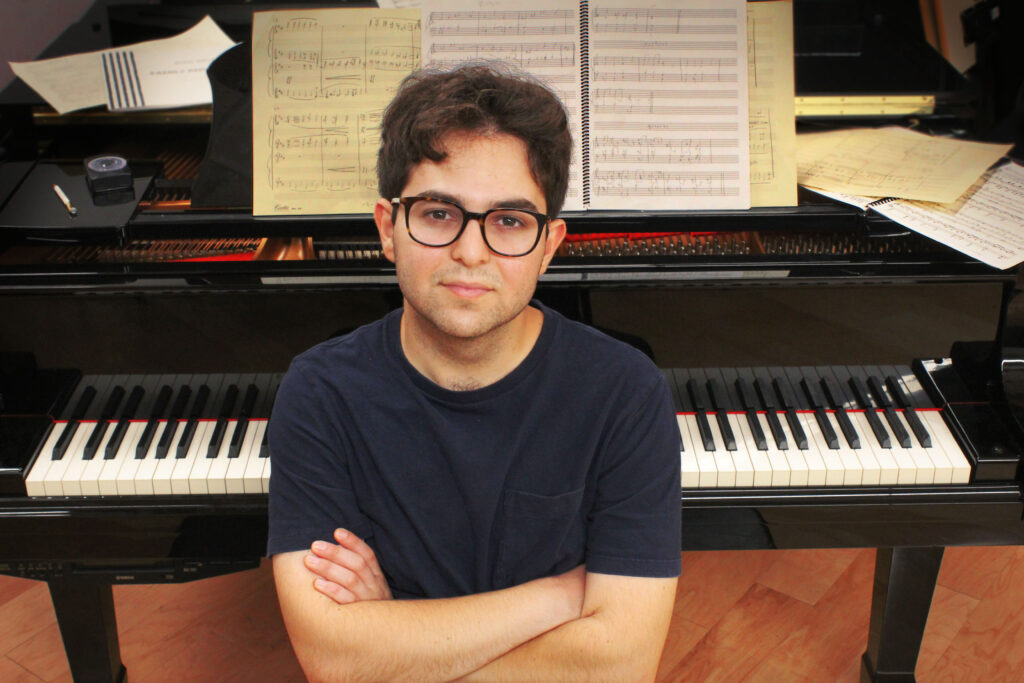
Composer Kian Ravaei’s piece “All the Sounds Around Her”, commissioned by HBMS will receive its world premiere at the Music of Our Time Festival.
Hoff-Barthelson Music School’s annual Music of Our Time Festival returns this May, celebrating contemporary works composed from 1975 to the present. Under the artistic direction of HBMS faculty member Peter Seidenberg, the festival continues its legacy of highlighting modern compositions and fostering new music creation, a tradition started by Wilma Machover, who founded the festival in 1989.
A highlight of the festival is the Wilma Machover Residency and Commission, which annually engages an emerging composer to create a new work for a student chamber ensemble. This year, the festival proudly presents the world premiere of “All the Sounds Around Her” by composer Kian Ravaei. Inspired by the life and legacy of the beloved children’s musician Ella Jenkins, the work incorporates call-and-response singing, Afro-Cuban rhythms, and Jenkins’s signature multilingual counting games. The premiere will take place on Sunday, May 18, 2025, and will be performed by the HBMS Vocal Ensembles together with the Westchester Children’s Choir, and the HBMS Festival Orchestra conducted by Leandro Gazineo.
The festival also features a rich series of Student and Faculty Recitals, including:
- Friday, May 16, 6:30 pm – Contemporary Works (1975-Present)
- Friday, May 16, 8:00 pm – Women Composers at the Millennium
- Saturday, May 17, 1:00 pm – Young Composer’s Recital, featuring works created in HBMS composition classes under the direction of Dr. Derek Cooper
- Saturday, May 17, 2:00 pm – Contemporary Works (1975-Present)
- Saturday, May 17, 4:00 pm – Our Mentors in Modernism (Schoenberg, Ives, Stravinsky, Bartók, Britten)
- Saturday, May 17, 8:00 pm – Micro-Commissions
An exciting addition to this year’s festival is the Micro-Commissions Project, a collaboration between HBMS and the Manhattan School of Music. Co-directed by Peter Seidenberg and Reiko Fueting, MSM’s Chair of Composition, this initiative pairs ten HBMS students with ten MSM undergraduate composers, who have written original works tailored to each student’s instrument and skill level. These compositions will receive their world premiere on May 17 at 8:00 pm.
Reflecting on the project, Peter Seidenberg shares, “The Micro-Commissions project has been a truly music-of-our-time experience. The interactions between HBMS students and MSM students have created so much fascinating creative synergy. Both sets of students have learned a tremendous amount about the collaborative process of making music.”
The festival culminates on May 18 with a grand concert featuring performances by the HBMS Flute Ensembles, the Chamber Orchestra, individual students, and the HBMS Handbell Choir. The event will also announce the recipient of the annual Wilma Machover Creative Development Fund, which supports exceptional composition students in furthering their studies through unique learning opportunities, mentorships, and artistic experiences.
“The Music of Our Time Festival represents the forward-thinking spirit that has always defined Hoff-Barthelson,” says HBMS Executive Director Gabriella Sanna. “It embodies Hoff-Barthelson’s commitment to artistic exploration and collaboration. Through these concerts, commissions, and creative projects, our students engage with the living tradition of contemporary music, honoring Wilma Machover’s legacy and shaping the future of musical expression.”
Join us in May for this extraordinary celebration of contemporary music at Hoff-Barthelson Music School!
A Storied Instrument: The Epstein Piano at Hoff-Barthelson
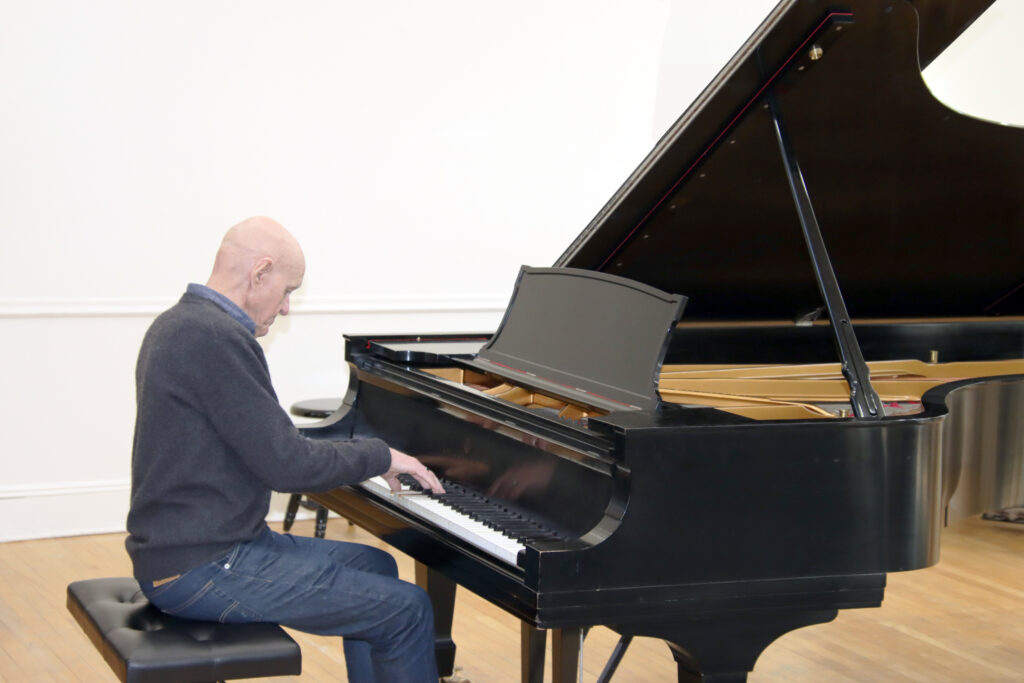
Glen Kirchoff performs on the historic Epstein Piano in the Joan Behrens Bergman Auditorium at HBMS.
At Hoff-Barthelson, we are fortunate to have not only extraordinary musicians but also extraordinary instruments that boast their own rich histories. Across the School, pianos with remarkable pasts provide students and faculty with a tangible connection to musical greats.
The Recital Hall boasts a Steinway Model C from 1882—an identical twin to the piano gifted by Steinway to Franz Liszt. It is one of several pianos at the School with only 85 keys. Though pianos of this size are not commercially valuable, they hold immense musical significance. Liszt himself wrote to Steinway describing his instrument as “a glorious masterpiece in power, sonority, singing quality and perfect harmonic effects, affording delight even to my old piano-weary fingers.” Today, Liszt’s piano resides in the Museum of La Scala, while its twin continues to inspire musicians at Hoff-Barthelson.
Another historic 85-key Steinway, a Model B from 1892, resides in Studio 302. It arrived at HBMS through a creative trade orchestrated by Glen Kirchoff, the School’s Piano Consultant and unofficial piano historian, who exchanged six worn-out spinet pianos for this instrument. It has since been fully restored, reclaiming its former glory.
The School is also home to the personal pianos of its founders, Virginia Hoff and Joyce Barthelson, as well as that of its first executive director, Mary Helton.
But the crown jewel of Hoff-Barthelson’s collection is the magnificent nine-foot Steinway Model D concert grand piano in our Auditorium. Built around 1911, this instrument has been played by students, faculty, and world-renowned guest artists, each adding to its remarkable legacy. Yet, beyond its superb craftsmanship and resonant sound, this piano carries a story that connects our school to some of the most influential figures in American music and journalism.
Informally known as “The Epstein Piano,” it originally belonged to the family of Eugene Meyer, Jr., a financier and former chair of the U.S. Federal Reserve. The piano was housed at the Meyer family’s 700-acre estate, Seven Springs Farm in Mt. Kisco—now owned by our current President. Among Meyer’s five children were daughters Katharine and Ruth. Katharine Meyer became Katharine Graham, the legendary publisher of The Washington Post from 1963 to 1991. Ruth Meyer, later Ruth Epstein, settled in Scarsdale, where her children studied at Hoff-Barthelson. A dedicated trustee and true friend of the School, she made it possible for the piano to become part of HBMS’s musical legacy.
The Meyer family frequently hosted prominent guests, and as Glen Kirchoff recounts, “Katharine Graham once shared that this very piano was played by Harpo Marx, Oscar Levant, Rudolf Serkin, and none other than George Gershwin himself. In fact, Gershwin gave the Meyer family an early preview of Porgy and Bess on this piano just after composing it.”
When the Meyer estate was first settled, Yale University took over the property for use as a retreat center, followed by the Rockefeller Foundation. When the estate was put up for sale once again, a princess from Mozambique expressed interest, even offering payment in a bag of cash and a tub of jewels—until she discovered that there had once been a small cemetery on the property. Ultimately, Ruth Epstein arranged for the piano to find its permanent home at Hoff-Barthelson, where it continues to be played by distinguished artists such as Richard Goode, Peter Serkin, Bill Charlap, Dick Hyman, Garrick Ohlsson, Misha Dichter, Menahem Pressler, and Byron Janis.
The Epstein piano shares its space with another Steinway Model D from 1919, a hidden gem that was discovered in a chicken coop in New Jersey. After undergoing a complete restoration, it has become another exceptional instrument in our collection.
The Epstein Piano is more than just an instrument—it is a living link to musical history, connecting generations of Hoff-Barthelson students to some of the most celebrated artists of the past century. As its rich, resonant tones continue to fill our Auditorium, they remind us of the power of music to transcend time and bring people together. Whether you are a student taking your first steps in performance or an accomplished pianist, know that when you sit at this piano, you are adding your own chapter to its extraordinary story.



 Developing potential, enriching lives and creating community since 1944
Developing potential, enriching lives and creating community since 1944 



